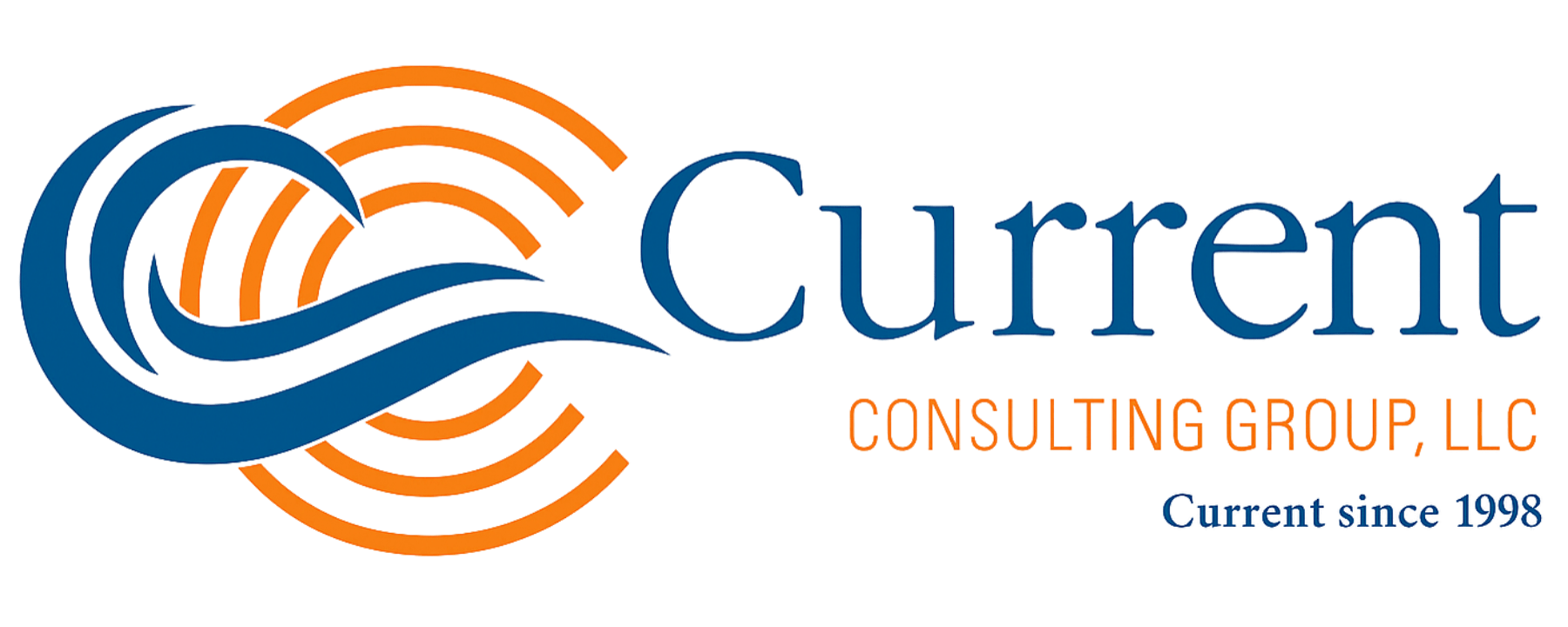The Power of Substance Abuse Initiatives in Today’s Changing World of Risk Management
This information is provided for educational purposes only. Reader retains full responsibility for the use of the information contained herein.
For many companies risk management and safety can be a difficult and complex challenge. A crucial undertaking when managing risk and losses is addressing substance abuse. The costs related to workplace substance abuse across all aspects of an organization are staggering! With today’s increased access, rates of drug abuse are soaring, meaning that the negative impacts on a company are intensifying.
Simply put, effectively addressing workplace substance abuse empowers companies to lower their total risk and deliver tangible results that make a positive impact on their bottom line, leaving more time to conduct business and maximize their return on investment!
Don’t Put Your Head in the Sand
It’s common sense that employees shouldn’t show up to work under the influence, so why have a drug-free workplace policy at all? Because they do and it is a given that the use of drugs and alcohol impact safety and create greater exposure to liability and litigation.
It starts with a policy to protect your greatest asset – your employees. Having a well-developed substance abuse prevention program begins with clear objectives and involves key decision makers in the development process which leads to broad-based buy-in. All managers want a policy that is fair and provides protections for the company, but those decisions makers are apt to have different priorities. Human Resources struggles to find candidates, safety wants to mitigate risk, legal wants to comply with the ever-changing laws, and the CEO wants a strong bottom line. Although they appear to be conflicting goals, when working together these priorities can be blended for an inclusive, effective result. The core objectives of a substance abuse prevention program are to:
- Provide a safe, healthy productive workplace.
- Protect employees, company, customers/clients, vendors/suppliers, and the general public.
- Promote awareness of the company’s position.
- Establish meaningful deterrent.
- Ensure a fair process for the detection of abusers.
Components of an Effective Prevention Program
There is no such thing as a template policy – no plug and play option can do the job. All companies have a unique culture, management style, and exposure to risks and losses. Even two companies in the same industry, with the same number of employees, and operating in the same state(s) will have different prohibited conduct, testing requirements, procedures, and consequences. Keep in mind, a policy alone is not an effective approach to reducing risk and losses attributed to substance use and abuse. It takes a combination of support services to create a program. Following are the four core components of a comprehensive program.
Policy & Procedures
First, a comprehensive policy with specific prohibited conducts, procedures, and definitions provided by your company makes it clear what the rules are and if an employee violated the policy or not.
Below are the key elements for inclusion:
- Set rules related to illegal drugs, illegally used drugs, and synthetic drugs, including conducts and procedures related to medical and recreational marijuana.
- Develop procedures for managing prescription drugs and alcohol – establish when it is prohibited and when it is allowed.
- Define when drug and/or alcohol testing will be conducted including definitions and procedures for each.
- Establish what constitutes being under the influence of drugs and alcohol.
- Determine the consequences for a policy violation including a positive drug or alcohol test.
- Ensure the policy is compliant with federal regulations as well as state law requirements, restrictions, or recommendations for the state(s) in which the company operates.
Note: Non-regulated and regulated employees must have separate policies and regulated employees are to follow both policies with the regulated policy superseding.
Client experience:
“During the past six years, we have experienced savings in turnover, safety, workers’ compensation, and employee relations. . . It’s our policy that has given us the clarity and confidence to take a stand.”
Director Human Resources – Bakery – 3,000 employees
“The program has had a major impact on our bottom line and already saved us at least one major lawsuit.”
Director of Safety – Propane company serving customers in all 50 states – 5,000 employees
Employee Education and Manager Training
Second, employee education and manager training. The best thing about a good substance abuse prevention program is the fact that it is equally beneficial for employers and employees. Studies have shown employees educated on the company’s policy are three times less likely to produce a positive drug or alcohol test result and managers are five times more likely to act when needed. If benefits are successfully communicated, they can:
- Build awareness and foster safe behaviors.
- Motivate employees to be clear as to their responsibilities under the policy.
- Prompt managers to understand and undertake their role in managing the policy.
- Educate them on the trends, facts, and negative impacts at work and at home.
- Serve as a meaningful deterrent for substance abuse.
Keep in mind, education and training should not be one-and-done, but rather an ongoing process that includes all employees’ participation.
Client experience:
“After the training, our managers really understood the importance of the program and have been more willing and definitely more confident in utilizing the policy.”
Human Resources & Wellness Manager – Equipment dealership – 375 employees
Drug and Alcohol Testing
Third, drug and alcohol testing. Drug and alcohol testing is only one element, albeit a critical one. It is one of the key tools to deciding if an employee is under the influence. The evolution of testing in recent years has rapidly and radically changed, thereby giving greater options to companies of all sizes. Keep in mind, employers in all 50 states have the right to prohibit and test for drug use, possession, and being under the influence at work, though there may be restrictions around how an employer may do so.
There are many forms of testing a company can use with the more standard testing circumstances being pre-employment, random, reasonable suspicion/for cause, post-accident, return-to-duty, and follow-up to treatment. There are a number of specimens that can be used for testing, such as urine, breath, oral fluid, blood, and hair, each offering their own unique advantages and challenges. These samples can also be tested using both laboratory based and rapid or instant on-site test formats.
It is key for an organization to not only decide which test specimens and methodologies best address their exposure to risk and losses, but also to decide which methods and specimens offer the most competitive advantages for them in the markets they serve. For example, a company in a highly competitive job market or operating in remote locations, may want to take advantage of something like a rapid, on-site oral fluid test where negative results on the spot allow them to make hiring decisions the same day.
Having the right combination of testing and testing technologies also enables the company to:
- Minimize the potential of hiring substance abusers.
- Identify current users and abusers.
- Convince “casual users” that the cost of using drugs is too high.
- Deter “recreational” drug use that could lead to safety issues and addiction.
- Give recovering users another reason to stay sober (relapse prevention).
Client experience:
“With your assistance we restructured our testing program to better fit our unique needs. We modified when testing will occur and combined a mix of technologies that are more compatible to our operations . . . . AND our managers are more responsive to the program, and we are saving money!”
Director of Operations – Manufacturing – 250 employees
“. . . We are particularly pleased that accidents and worker’s compensation claims both have gone way down. We also believe that the training was the real key to the success of the program.”
V.P. Human Resources – R&D, manufacturing, distribution, retail company – 15,000 employees
Access to Support
Fourth, access to support. At times, employees can struggle with life events, personal situations, and emotional complexities. These problems can often cause personal distress and adversely affect the employee’s job performance, productivity, and safety. It is a human resource and financial benefit for a captive member to offer services which provide access to confidential assessment, counseling, and treatment. These can be provided by an Employee Assistance Program (EAP) and include services that are not just for substance abuse issues but for a myriad of challenges an individual may be facing.
A reputable EAP offers a wide range of services to support top management, supervisors, managers, and employees including immediate family members. Access can be through self-referral, supervisory referral, family referral, or a medical referral and is designed to address the needs of both the employee and the employer — a just balance between empathy and economics – and can provide an attractive return on investment. If not an EAP, services can be provided through a company’s insurance plan or simply by posting local resources.
Client Experience:
“After bringing on an EAP, absenteeism has gone down, retention up, and our employees have been vocalized how much they appreciate having it. It has also made our supervisors and my job easier.”
Human Resources Manager – Warehouse/Distribution – 275 employees
In Conclusion
Having no policy or a policy that is outdated, poorly written, or punitive is a roadblock to an effective program that can have alarming, long-lasting consequences. A well developed, up to date policy brings protection, confidence, and can more than pay for itself. It is your valued roadmap to:
- Help avoid discrimination, retaliation, and harassment.
- Provide a fair, effective, process for the detection of substance users and abusers.
- Support efficient operations.
- Provide a safe, healthy, productive work environment.
- Protect employees, customers, your company, and the general public.
- Predispose courts to look favorably at your policy and program.
Because of the challenging labor market today, and the escalating costs of doing business and managing risk, it is even more critical for companies to have up to date, effective substance abuse programs. There are countless details to consider when developing a program and risk management today has gotten more complex and challenging. If you find yourself in need of assistance, consult with a professional that knows the industry, is experienced in policy development, and is knowledgeable around state and federal laws to help make your job easier. Why risk doing it alone when help is available? Contact the Current Consulting Group today at info@currentconsultinggroup.com to see how we can help.
© 2010-2024 The Current Consulting Group, LLC – No portion of this article may be reproduced, retransmitted, posted on a website, or used in any manner without the written consent of the Current Consulting Group, LLC. When permission is granted to reproduce this article in any way, full attribution to the author and copyright holder is required.



